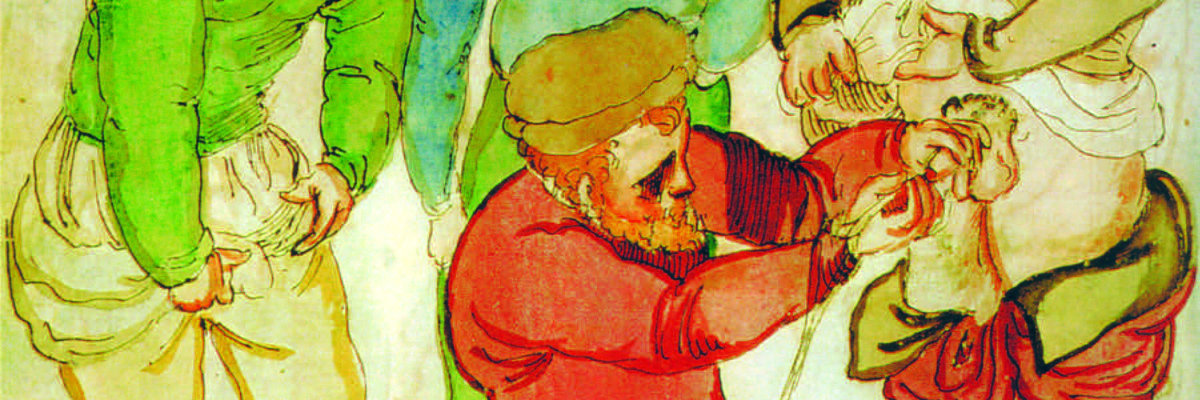
Throughout many centuries, diseases in the lower urinary tract were mostly treated by surgeons. Frequently the clinical course was dramatic: a painful, but relatively quick death could be the result of a total urine retention which was left untreated – or the disease could take a course so long and painful that death was a great relief for the patient, as was the case with the lithiasis.
For many centuries the bladder stone disease was a scourge for mankind. A diagnosis could be made either by sounding, by means of a metal catheter or by bimanual palpation. When medical treatment (supplemented with bladder irrigation through a catheter) could no longer relieve the patient’s pain, there was no alternative but to perform lithotomy through the perineum. The death rate was considerably high and a large number of complications could be expected, especially urinary fistulas and incontinence.
Around 1820 surgeons discovered that it was possible to insert a straight catheter into the male bladder. This formed the basis of transurethral stone crushing or lithotripsy, which opened up the way to a more gentle treatment, even if the procedure was performed blindly and often had to be repeated several times.

